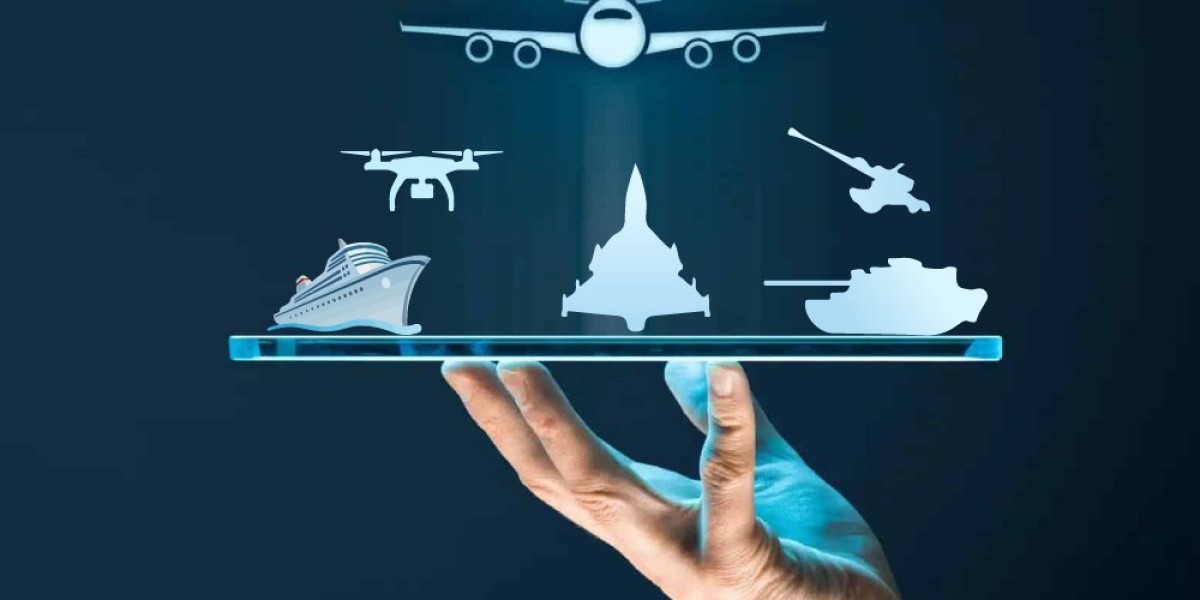As airports worldwide strive to diversify their income streams, non-aeronautical revenue has emerged as a significant source of financial growth. Non-aeronautical revenue refers to earnings derived from commercial activities within airports, such as retail, food and beverage, advertising, parking, and other services not directly related to aircraft operations. As air traffic continues to rise, airports are increasingly turning to non-aeronautical revenue to enhance their financial stability and improve passenger experience. This blog delves into the key trends, growth drivers, and market forecast for the airport non-aeronautical revenue market from 2025 to 2034.
1. Rising Air Traffic and Airport Expansions
The global aviation industry has been experiencing a steady recovery in the post-pandemic era, with air traffic returning to pre-pandemic levels and even exceeding them in some regions. According to the International Air Transport Association (IATA), the global passenger traffic is expected to grow consistently in the next decade, driving the need for airport infrastructure expansion. As a result, airports are focusing not only on expanding their capacity to accommodate more flights and passengers but also on enhancing their non-aeronautical offerings to optimize revenue generation.
Increased foot traffic at airports presents a prime opportunity for airports to boost earnings from non-aeronautical sources. As air travel grows, airports are looking for innovative ways to capture a larger share of the spending power of passengers, which is projected to significantly impact the non-aeronautical revenue market.
2. Expansion of Retail and Duty-Free Offerings
Retail sales, including duty-free shopping, have long been a staple of airport non-aeronautical revenue. As passenger numbers increase, airports are expanding their retail spaces, enhancing the shopping experience, and adding more luxury brands and local products to cater to a wider range of passengers. Shopping at airports is no longer just about convenience but is evolving into a leisure experience for travelers who seek premium goods and unique regional items.
Airports are increasingly partnering with global retailers and luxury brands to create premium shopping environments. They are also incorporating digital and mobile platforms, allowing passengers to shop online before their trip and pick up items at the airport, which can enhance convenience and increase sales.
Additionally, expanding duty-free offerings in key international airports has proven to be a substantial revenue generator. With the growing trend of international travel, passengers often look for discounted luxury goods, perfumes, cosmetics, and electronics, which continue to fuel duty-free revenue.
3. Growth of Food and Beverage Services
Food and beverage (F&B) services have become another major contributor to non-aeronautical revenue, with airports increasingly investing in diverse dining options to meet the varying tastes of global passengers. Many airports are now offering gourmet restaurants, fast food outlets, bars, and grab-and-go options to cater to passengers with different preferences and schedules.
The demand for healthier food options and high-quality coffee shops has also increased. In response, airports are collaborating with renowned chefs, famous restaurants, and local food brands to elevate their offerings. As consumers become more discerning about their food choices, airports are ensuring that their dining facilities cater to this shift, further boosting non-aeronautical revenue.
Additionally, integrating digital technology in the food and beverage industry, such as mobile ordering and cashless payments, is enhancing convenience for passengers, driving sales, and improving customer satisfaction.
4. Advertising Revenue Opportunities
Advertising is a critical source of non-aeronautical revenue for airports. With the large volume of passengers passing through terminals daily, airports offer prime advertising space in high-traffic areas, such as baggage claim areas, departure gates, and check-in counters. With digital signage and interactive displays becoming more prevalent, airports are finding new ways to capture passenger attention, allowing advertisers to engage with travelers in more dynamic and creative ways.
As airports move toward more personalized experiences, advertising is becoming increasingly data-driven, leveraging passenger demographics and preferences to offer tailored advertisements. This provides advertisers with the opportunity to connect with passengers at the right time and place, increasing the effectiveness and profitability of airport advertising.
Request For Free Sample Report
https://www.marketresearchfuture.com/sample_request/29551
5. Parking and Ground Transportation Services
Parking and ground transportation services are another significant contributor to non-aeronautical revenue. With the increasing demand for air travel, airports are expanding parking facilities to accommodate more vehicles and offering additional services such as valet parking, electric vehicle (EV) charging stations, and long-term parking packages.
In addition, ground transportation services, such as taxi, ride-sharing, and shuttle services, provide another lucrative revenue stream for airports. With a growing focus on seamless passenger experience, airports are increasingly partnering with transportation providers to offer efficient, comfortable, and convenient transportation options.
6. Sustainability and Digital Transformation
Sustainability is becoming a key focus for airports, both in terms of operational efficiency and their non-aeronautical revenue streams. Many airports are increasingly adopting green technologies and sustainable practices to enhance their environmental credentials. This includes installing solar panels, using energy-efficient lighting, and incorporating sustainable materials in airport design.
Moreover, the digital transformation of airports is playing a crucial role in the growth of non-aeronautical revenue. The integration of mobile apps, contactless payment solutions, and data analytics is enabling airports to enhance the passenger experience while maximizing revenue. By offering personalized services and streamlined digital experiences, airports are able to attract more passengers to their non-aeronautical offerings, including retail, food, and entertainment.
7. Market Forecast and Growth Opportunities
The airport non-aeronautical revenue market is projected to grow steadily from 2025 to 2034, with an anticipated compound annual growth rate (CAGR) driven by expanding retail and F&B options, technological advancements, advertising, and ground services. The growth of international air travel, coupled with the rising demand for premium services and personalized experiences, will continue to drive non-aeronautical revenue streams.
Furthermore, emerging markets in Asia-Pacific, Latin America, and the Middle East present significant growth opportunities. As these regions experience economic growth and infrastructure development, airports will invest in enhancing their non-aeronautical offerings to tap into the growing consumer base.








